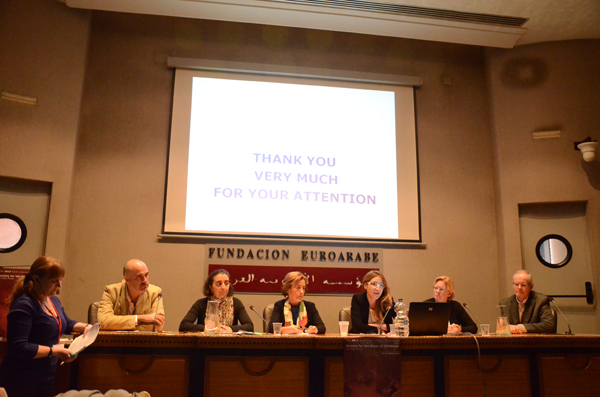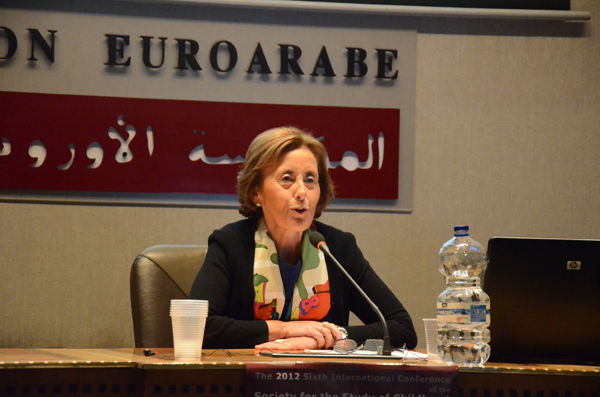Session I. Playing, living and learning
Publicado el 23/11/12
Spaces for children, children without spaces in prehistory of Iberian Peninsula.
Margarita Sánchez Romero. Universidad de Granada. Spain
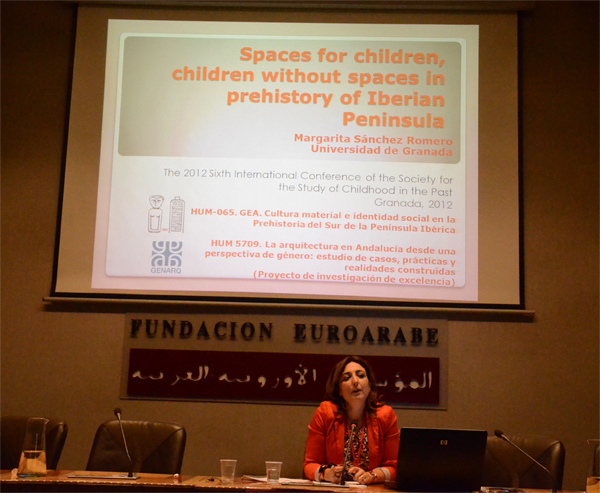
Complexity, cooperation and childhood: An evolutionary perspective.
Juan Manuel Jiménez Arenas. Universidad de Granada. Spain Francisco A. Muñoz Muñoz. Universidad de Granada. Spain
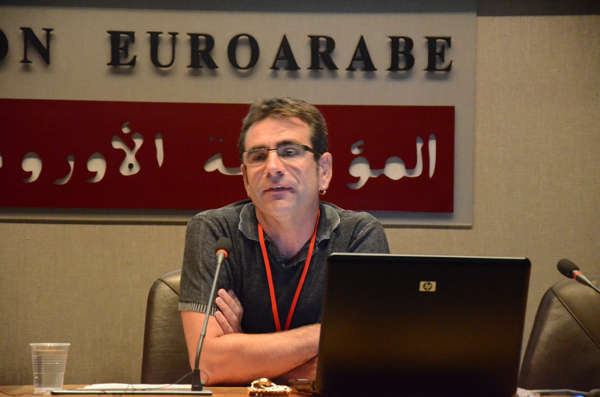
Approaching the social role of children during the Neolithic and the Copper Age (5400-2000 cal BC) in the interior of Iberia (Spain).
Ana Mercedes Herrero-Corral. Universidad Complutense de Madrid. Spain
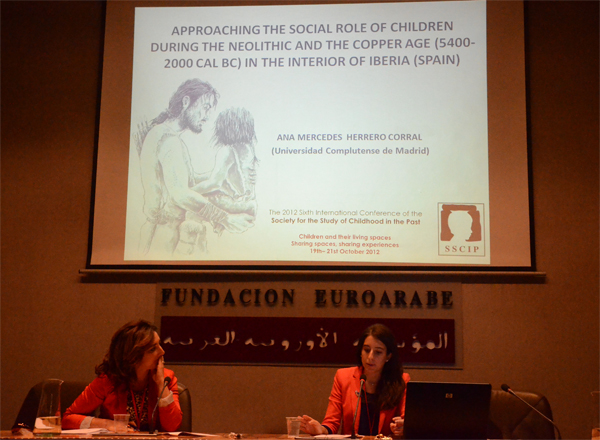
Children as potters: learning patterns from Bell Beaker ceramics of Copper Age Inner Iberia (Spain).
Rafael Garrido-Pena. Universidad Autónoma de Madrid. Spain.
Ana Mercedes Herrero-Corral. Universidad Complutense de Madrid. Spain
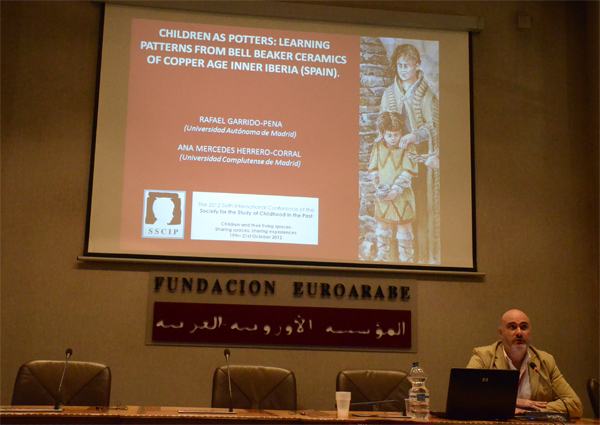
Infants and adults relationships in the Bronze Age site of Peñalosa (Baños de la Encina, Jaén)
Eva Alarcón García. Unversidad de Granada. Spain

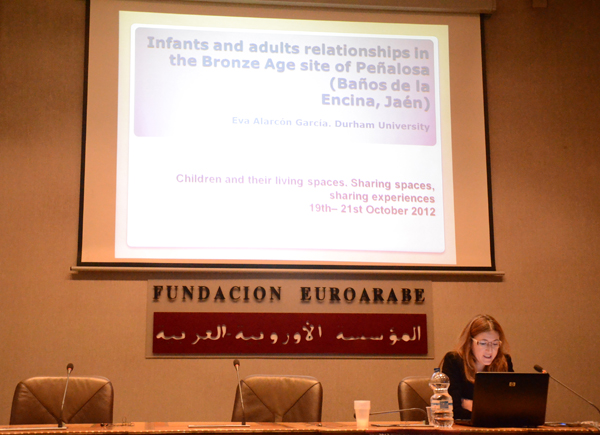
Cold Comfort: the Archaeology of Children's Spaces in Arctic North America
Robert W. Park. University of Waterloo. Canada
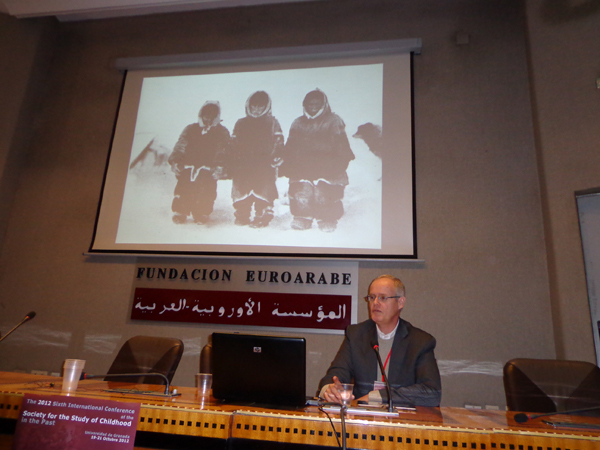
Children’s Pictorial Spaces in 18th-Century French Painting
Suzanne Conway. Chestnut Hill College. Philadelphia. USA
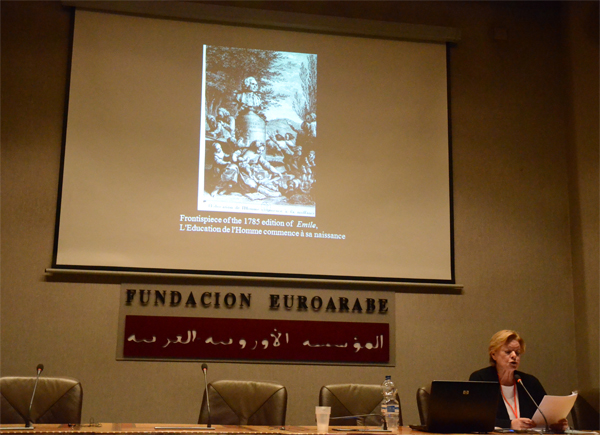
The evolution of learning spaces for children through the different pedagogical models
Victoria Carmona Buendía. Universidad de Granada. Spain
Elisa Valero Ramos. Universidad de Granada. Spain
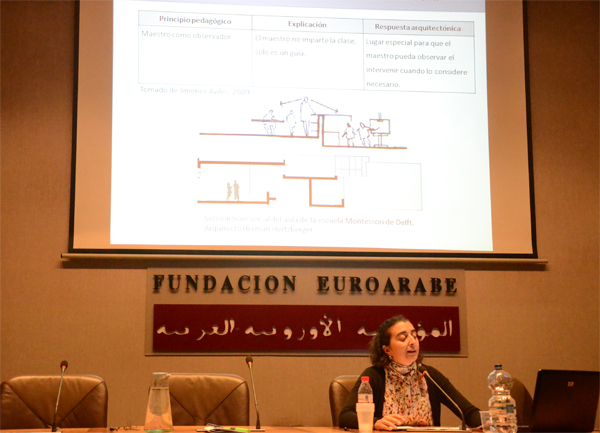
Two Models of Educational Spaces and Pedagogical Materials for Children under Six: Infant Schools and Kindergarten
Carmen Sanchidrián Blanco. Universidad de Málaga. Spain
Discussion
